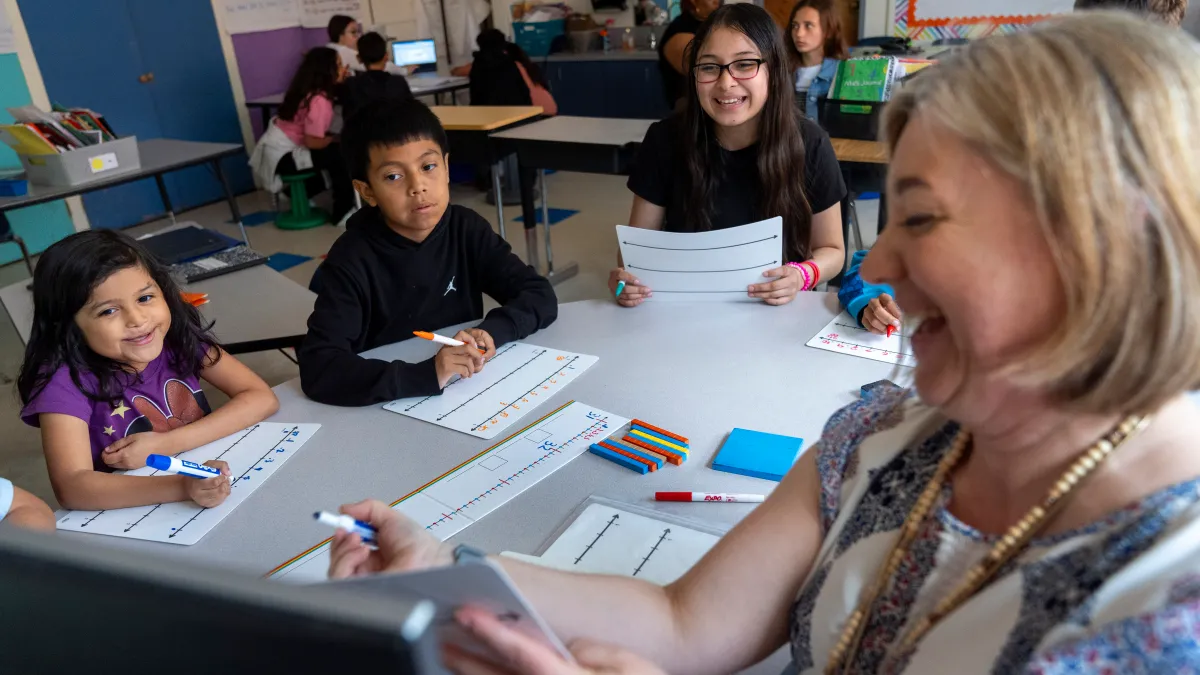In a bid to address growing concerns about smartphone distractions in classrooms, several schools across Massachusetts are implementing new policies to create phone-free zones. These initiatives are designed to enhance student focus and academic performance by reducing the pervasive influence of mobile devices. As these policies roll out, they offer a glimpse into how schools are adapting to the digital age and striving to maintain a productive learning environment.
The rise of smartphones has brought numerous benefits, including instant access to information and communication tools. However, educators are increasingly concerned about the negative impacts these devices can have on students’ concentration and engagement during class. Reports of students texting, browsing social media, and playing games during lessons have prompted many schools to explore phone-free zones as a solution to these challenges.
Massachusetts schools experimenting with these new policies are adopting a range of approaches. Some schools are enforcing complete bans on phone usage within the classroom, while others are adopting more flexible policies, such as allowing phones during specific times or in designated areas. These varied strategies reflect the diversity of opinions on how best to balance technology use with educational priorities.
One of the primary goals of these phone-free zones is to minimize distractions and improve students’ ability to focus on their studies. Teachers have reported that when phones are not a constant temptation, students are more engaged in classroom discussions and activities. By creating a dedicated space free from digital interruptions, schools hope to foster a more conducive learning environment.
The implementation of phone-free zones also raises questions about how to manage phone usage during emergencies or for educational purposes. Schools are addressing these concerns by establishing guidelines that allow phone use in specific situations, such as for emergency contact or educational apps. This balanced approach aims to ensure that the benefits of technology can still be harnessed while minimizing its potential for distraction.
Feedback from students and parents has been mixed. Some students appreciate the opportunity to focus better without the constant lure of their phones, while others feel that the restrictions are overly stringent. Parents, too, have expressed varied opinions, with some supporting the move as a way to improve academic outcomes and others concerned about the potential for reduced communication with their children.
As Massachusetts schools continue to experiment with phone-free policies, they are also evaluating the impact of these changes on student performance and well-being. Preliminary reports suggest that there may be improvements in classroom behavior and academic results, but more comprehensive studies are needed to fully understand the long-term effects of these policies.
The success of phone-free zones in Massachusetts may serve as a model for other schools grappling with similar issues. By sharing their experiences and outcomes, these schools contribute valuable insights into how educational institutions can navigate the challenges posed by pervasive technology.
Educators involved in these experiments emphasize the importance of involving students in the conversation about phone-free policies. By engaging students in discussions about the reasons for these changes and how they will be implemented, schools can foster a sense of ownership and cooperation, which may enhance the effectiveness of the policies.
Looking ahead, the ongoing experimentation with phone-free zones in Massachusetts schools highlights a broader trend of re-evaluating the role of technology in education. As schools seek to balance the benefits and drawbacks of digital devices, they are exploring innovative solutions to ensure that technology enhances rather than detracts from the learning experience.
In conclusion, the experiment with phone-free zones in Massachusetts schools represents a proactive effort to address the challenges of smartphone distractions in education. As these policies evolve and more data becomes available, they may offer valuable lessons for schools nationwide. By focusing on creating focused, productive learning environments while considering the needs and perspectives of students, educators can navigate the complexities of integrating technology into the classroom.
Read More : James Baldwin



